Innovation Alphabet
SWOT Analysis
in a nutshell
Strengths, weaknesses, opportunities, and threats. These are the variables of the SWOT analysis, a simple but effective tool for facilitating a rapid synthesis of internal factors, capable of determining a condition of competitive advantage – and external factors – allowing the implementation of measures to exploit potential positive effects and mitigate the negative ones.
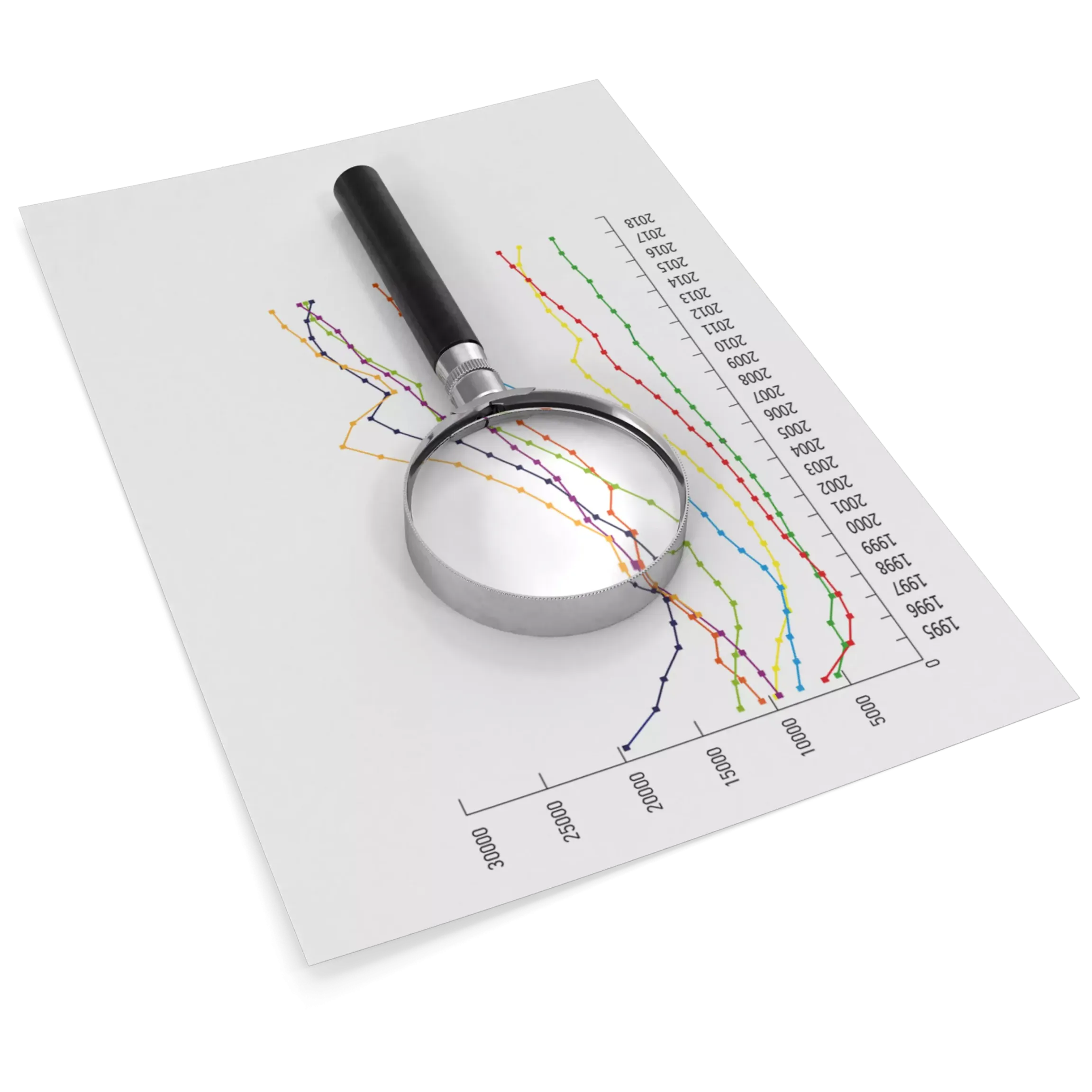

Application Fields
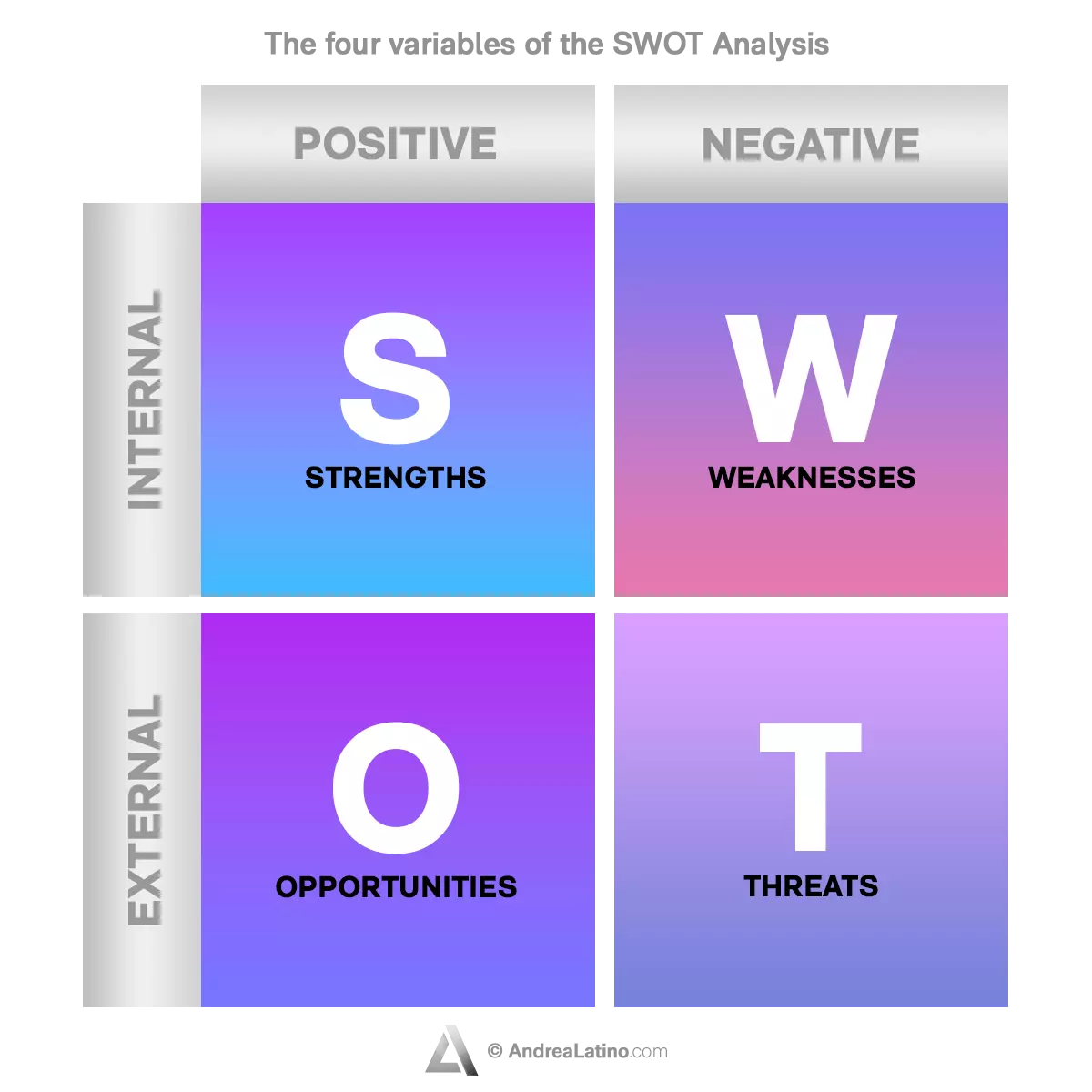
• Strategy: By leveraging its SWOT, any company can create a strategic plan to meet its goals and adapt to changing market conditions.
• Personal Branding: In order to strategically manage one’s professional image and to improve one’s working career, it is definitely useful to start with a SWOT. By intervening on internal factors and keeping external factors under control, it is possible to achieve greater awareness of one’s skills, be they hard or soft.
• Digital Communication: Starting with a better understanding of a brand’s vulnerabilities and the areas in which it is superior, a company can initiate a communication strategy based on its strengths, but without sweeping weaknesses under the rug – they are nothing but opportunities to be exploited.
Industries
• SWOT Analysis in the FMCG industry
In 2015, Value Line, an independent U.S. investment research firm, conducted a SWOT on “The Coca-Cola Company”, noting among its strengths its worldwide reputation, extensive distribution network, and opportunities in emerging markets. However, contrary to what one might think, Coca-Cola also has weaknesses, and possible threats from outside: we are talking, for example, about the growing public interest in “healthy” drinks sold by competitors.
• SWOT Analysis in the retail industry
Bed, Bath & Beyond is an American retail chain with more than 1,000 physical stores. In 2017, Value Line again conducted a survey to perform a SWOT Analysis on the household goods company. The result was that despite having strong Brand Awareness (given its presence on the market for more than 40 years) it was strongly threatened by Amazon, which operates in the same sector.
• SWOT Analysis in the entertainment industry
The name Mattel evokes childhood memories related to our favorite toys. Founded in 1945, the company was the subject of a SWOT in 2017. A strong market presence was noted, even though threats included Hasbro, its major competitor. Weaknesses included merchandising opportunities.
Do you have a Marketing & Sales challenge to tackle? Let’s face it. Together.
C-levels from these companies (AND MORE) relied on my expertise to overcome thEIR CHALLENGES IN THIS AREA. And You can, too.
Can I help you?Business Functions
• SWOT Analysis in support of influencer marketing
In 2019, the launch of the #DearSouthAfrica campaign enabled Zara to engage 60 micro-influencers, earning the engagement of 8 million people. An emblematic example of capitalizing on an opportunity detected by a SWOT Analysis. The initiative started with the opening of the clothing giant’s online store in South Africa and turned out to be a successful campaign.
• SWOT Analysis in support of customer journey
Even large companies like Amazon resort to SWOT in order to be able to improve their business. Amazon certainly needs no introduction, and it is a fact that one of its great assets is data. Starting with a massive amount of computer information about their customers’ buying methods and habits, Amazon has been able to leverage it to deepen its loyalty work.
• SWOT Analysis in support of strategy
Cape Breton Island is a Canadian island of about 10km2 overlooking the Atlantic Ocean. In 2018, a SWOT Analysis led to an evaluation of the corporate strategy of the island’s transportation company, Transport Action Atlantic. The study identified strategic priorities and shortcomings for which the company should have come prepared.
Stay in wonderland
Let me show you how deep the rabbit hole goes.
Check out more of the Innovation Alphabet:

3D Printing
3D Printing
“3D printing” is a process carried out by an electronic device which, instead of resorting to the canonical ink, it molds almost any kind of material: from concrete to living tissue, most usually plastic, but also metal. And the operating principle is similar to that of a traditional printer. The creation of three-dimensional models can lead to the redesign of a company’s production capabilities.
Dive In
5G
5G
5G is the new frontier of cellular telephony. It was designed to improve (or completely replace) previous generations of mobile networks. The 5th generation features lower latency, ensuring flawless performance of business applications and many other digital experiences – thus enabling the new cultural generations to furiously play Fortnite away from home.
Dive In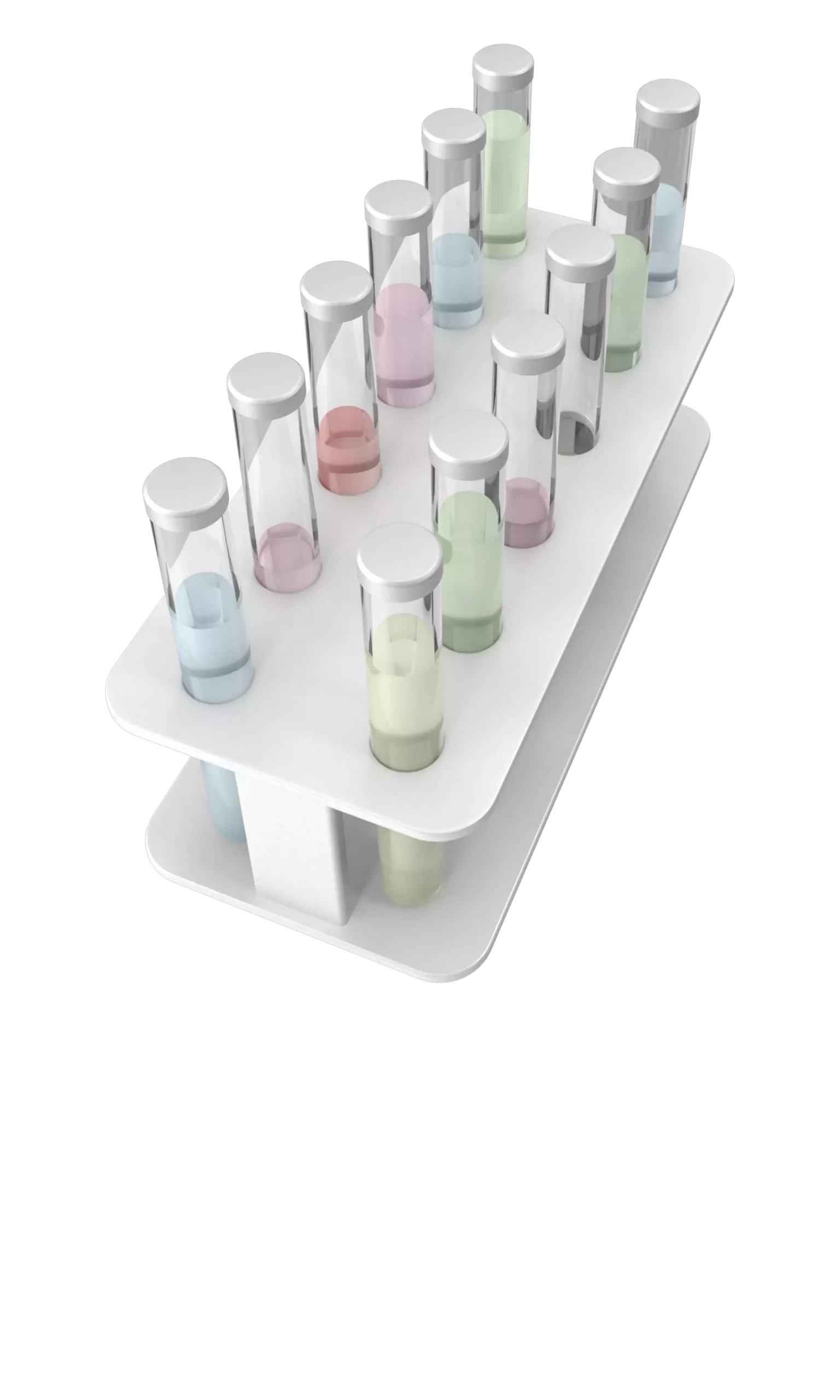
Advanced Analytics
Advanced Analytics
The term “Advanced Analytics” refers to the ability to autonomously or semi-autonomously analyze data and content to identify correlations, develop analyses, predictions, and recommendations. It is not just a matter of collecting information and then organizing it into watertight compartments: the ultimate goal is to identify a dialogue pattern from a data-driven perspective.
Dive In
Agile
Agile
Agile is an approach to software development designed to respond to change. Teams quickly analyze the context in which they operate, identify uncertainties faced, and figure out how to adapt to always move forward. Interaction between individuals comes before processes and tools; collaboration with the customer is more important than negotiating contracts.
Dive In
Ansoff Matrix
Ansoff Matrix
The Ansoff Matrix is a marketing planning model that arises from the intersection of new and existing products and markets. It derives four possible strategies for expanding the company’s market, which are built around four variables with a changeable factor of risks and possibilities: existing product, new product, existing market, new market.
Dive In
Artificial Intelligence
Artificial Intelligence
Artificial Intelligence is not strictly defined. Basically, it is a computer system able to make decisions in an independent and flexible way. A good AI application can perform everyday tasks better than an average person (e.g., identifying other people from their photos on social media or beating the best chess player). Nothing to fear, then. Unless you are a chess champion.
Dive In
Artificial Scarcity
Artificial Scarcity
We often tend to desire what we cannot have. Or what we are in danger of losing: Artificial Scarcity is a strategy that flaunts a limited number of items that do not correspond to actual availability. The goal is to stimulate the perception in consumers that the stock of items is about to run out and thus create a need based on the “fear of being cut off” or the intention to buy the item in order to resell it at a higher price.
Dive In
Attack Surface
Attack Surface
The term attack surface refers to the part of a system that may be subject to attack or breach by hackers. The smaller that surface is, the easier it will be to protect it. Indeed, the Internet is an ocean of deep, dark waters: those who navigate it must be aware that they are exposing themselves to a flood of digital risks. Yet, ironically, we do not need a big boat to shelter us.
Dive In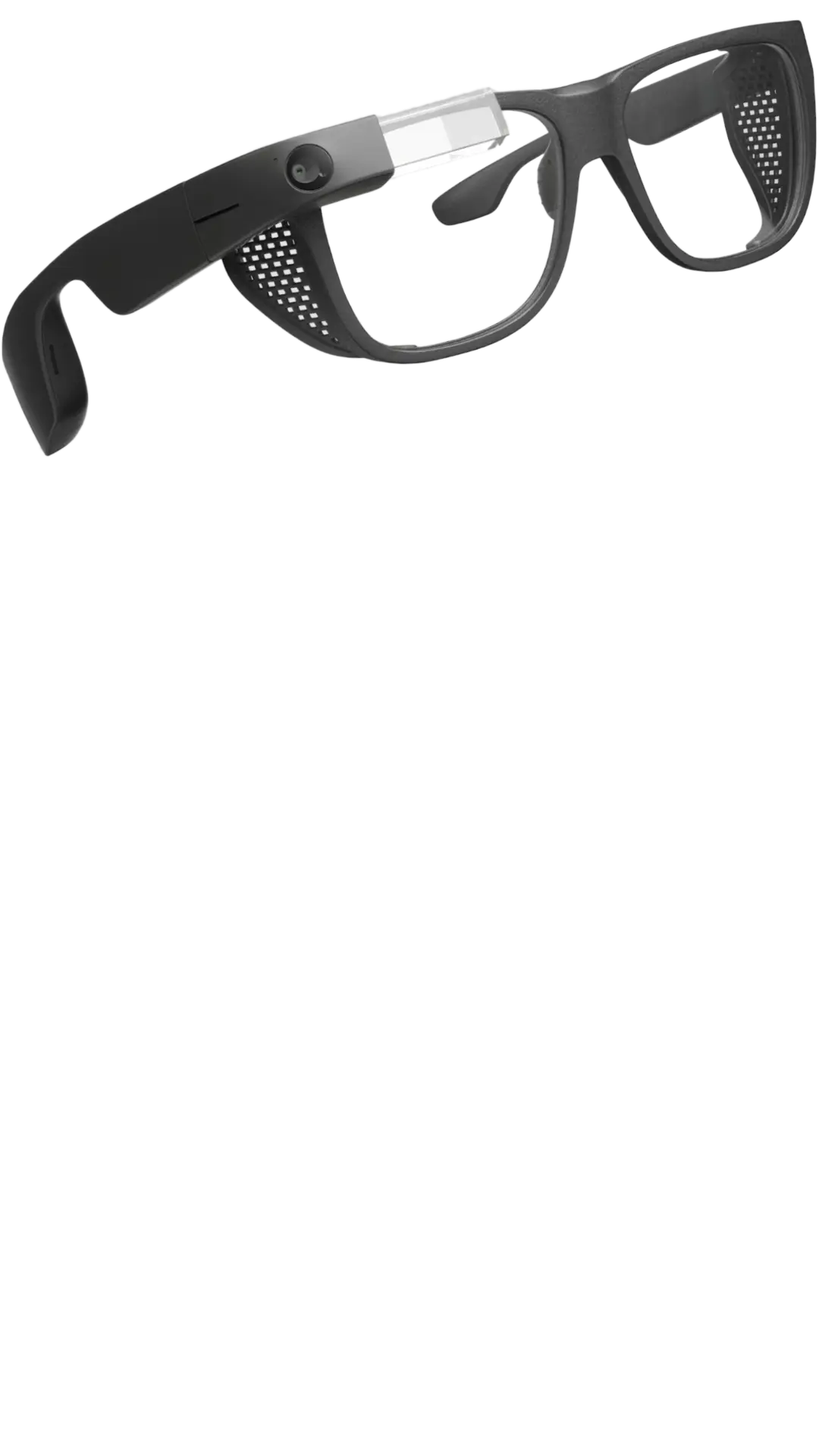
Augmented Reality
Augmented Reality
Augmented Reality is an ever-evolving technology that overlays multimedia information on top of our common sensory horizon to gain a deeper understanding of our surroundings. No, it doesn’t allow you to step out of the Matrix dream simulation, nor can it be accessed by swallowing a red pill. But neither is it the disturbing experience of the Playtest episode of Black Mirror.
Dive In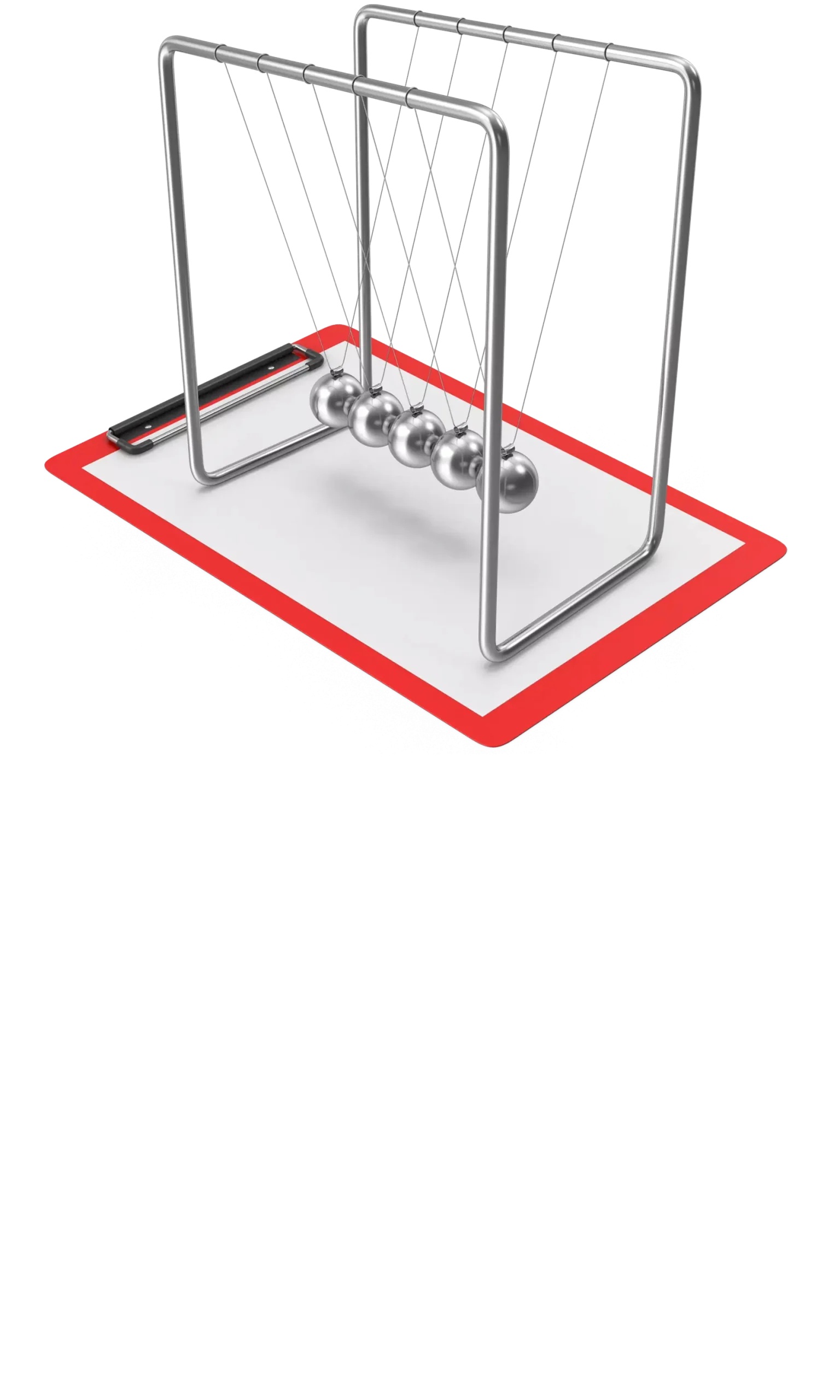
Balanced Scorecard
Balanced Scorecard
In business, as in life, you need balance. The Balanced Scorecard is a holistic tool for strategic management. It offers, in fact, the possibility of assessing corporate performance in its wholeness. An overview that embraces four perspectives: the business/financial side, customers and stakeholders, internal processes, and learning and growth.
Dive In